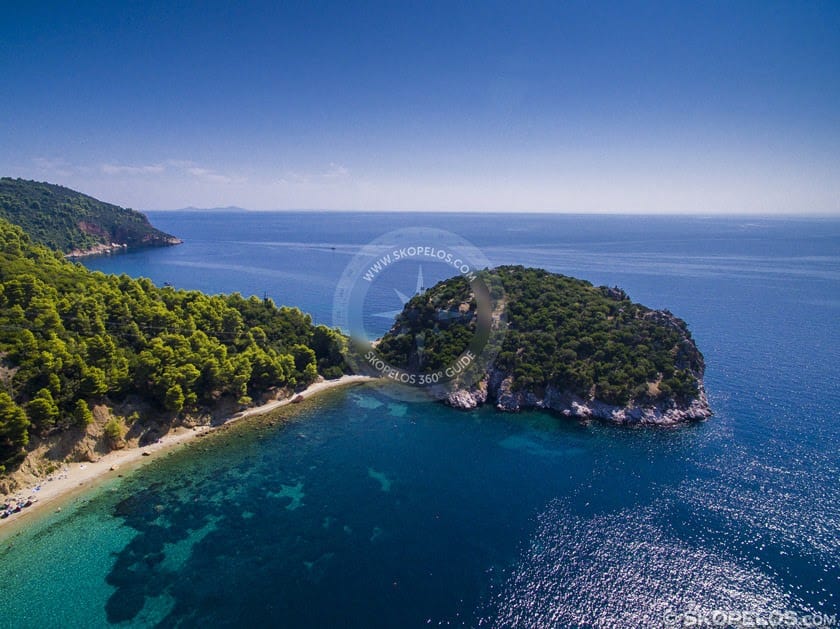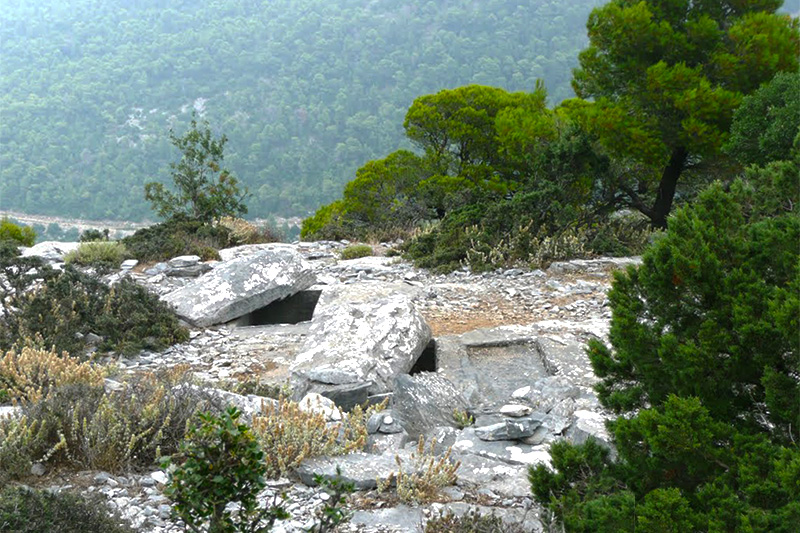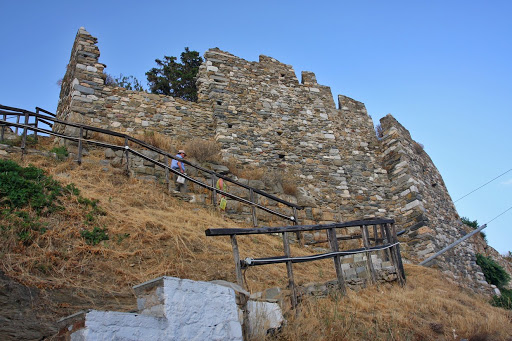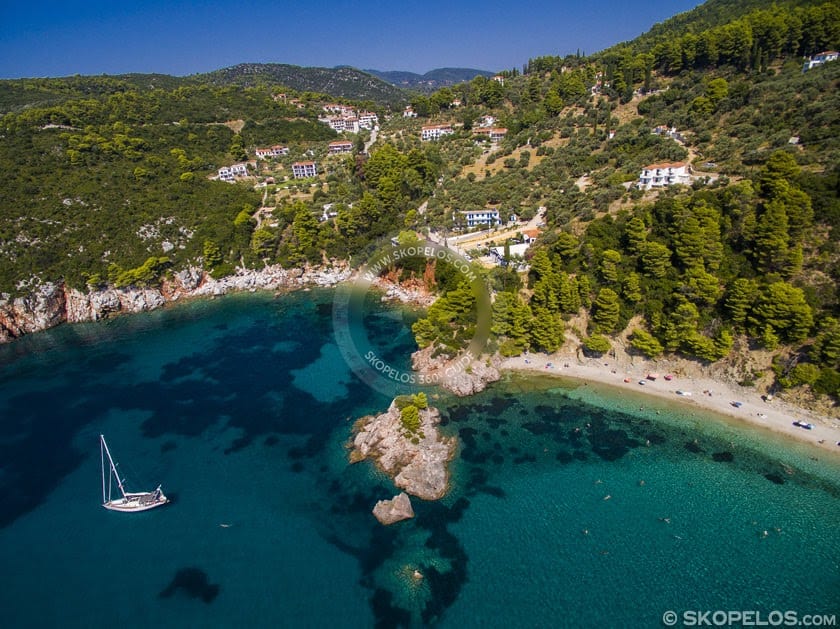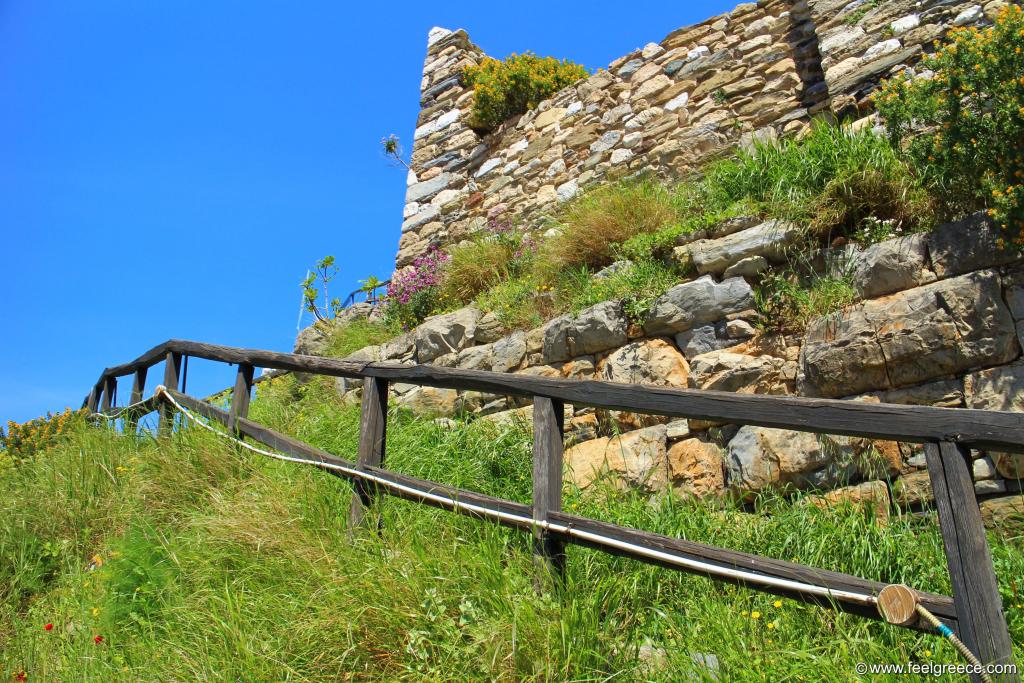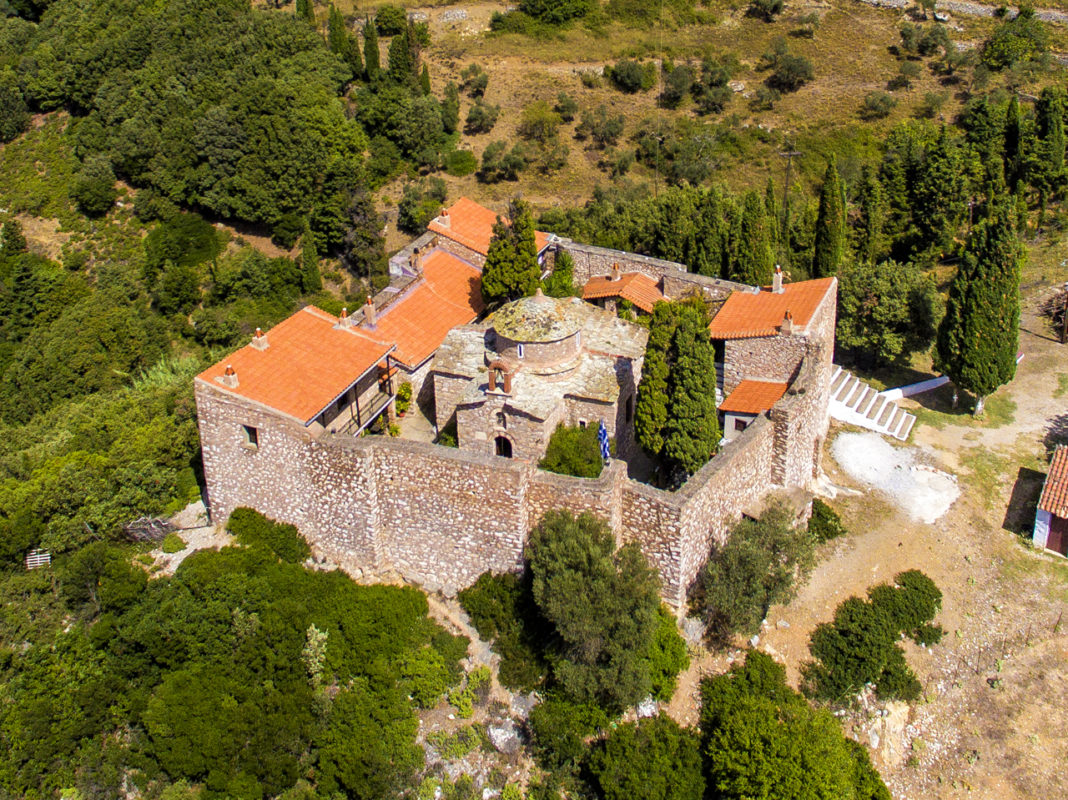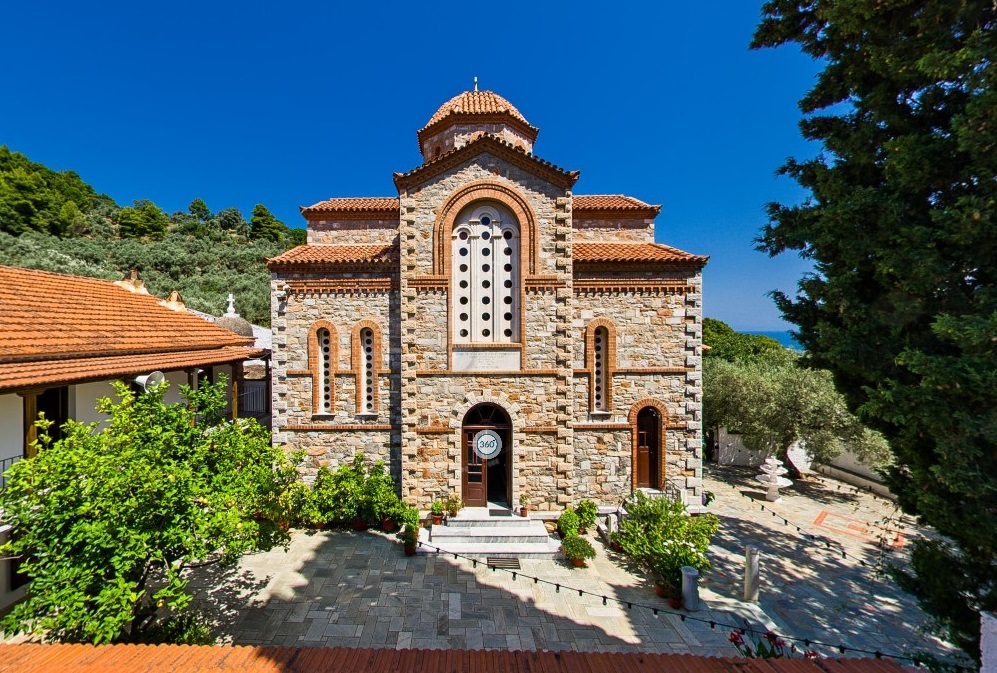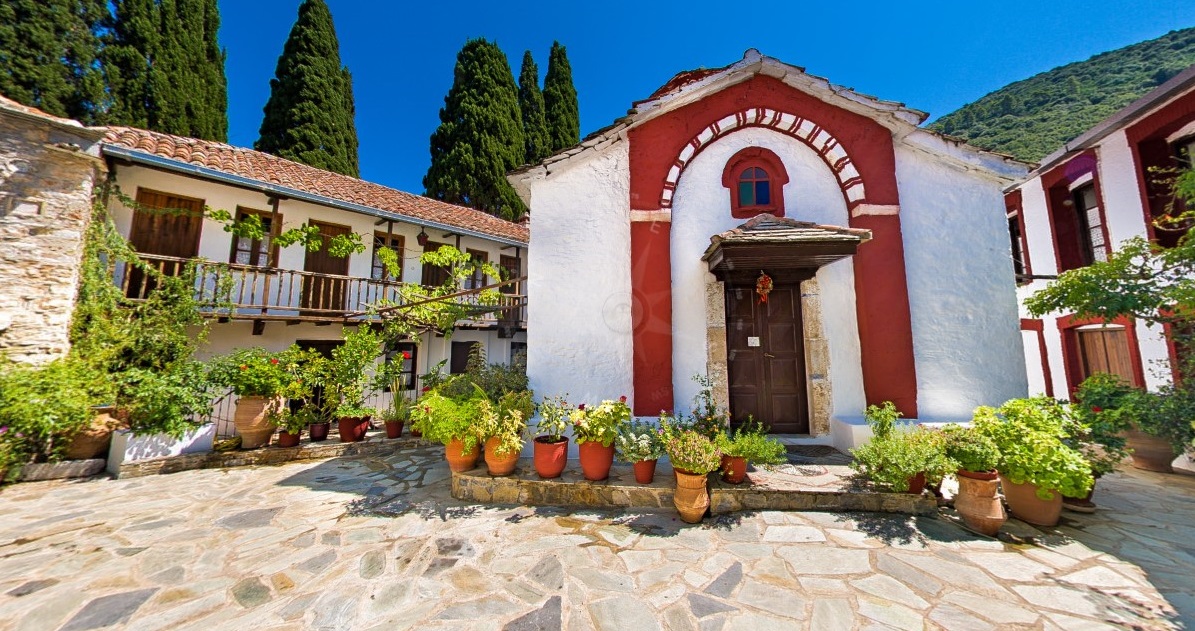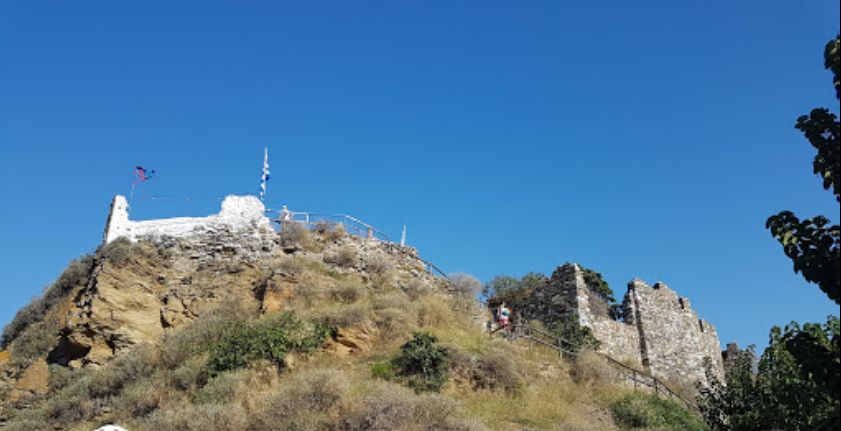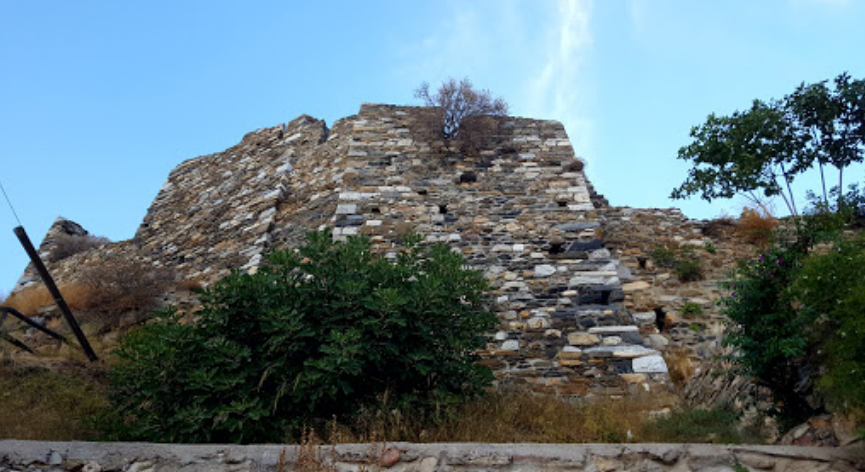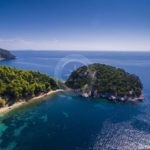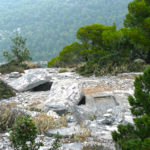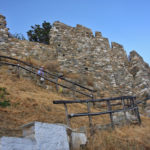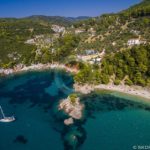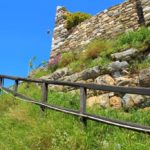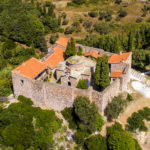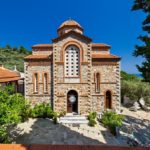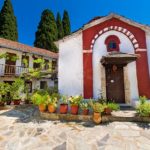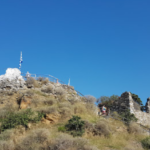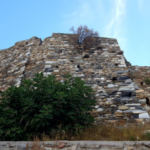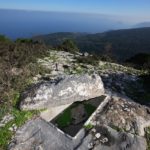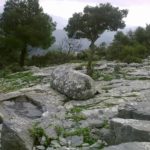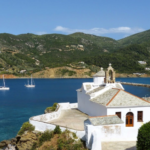Worth Seeing
Skopelos Worth Seeing, Skopelos Archaeological Sights, Skopelos Sightseeings, Skopelos Stafylos Tomb, Skopelos Monasteries, Skopelos Churches, Skopelos Castle, Skopelos Sentoukia
SKOPELOS WORTH SEEING
The tomb of Staphylos, 4 km from the capital. Its rich treasure led archaeologists to deduce that the tomb was that of an ancient king. Today, the treasure can be seen in the museum of the nearby city of Volos, on the opposite coast of Greece.
The few remains of the temple of Asclipio (4th Century BC), on the beach, near the capital.
The Castle of the city of Skopelos (13th Century), high above the capital, at the site of the ancient acropolis. Today, very few ruins remain in place.
The Ancient Tombs were excavated in the rocks at Sentoukia, in Mount Delphi. Due to their location, they can be reached only on foot.
The Monasteries of Skopelos are also worth seeing.
OTHER INTERESTING RUINS OF ANCIENT SITES
Panormos’ Kastro wall – 5th century BC
Two round towers on the top of a small hill, plus part of the citadel wall, are all that remain from the ancient town, which probably extended along the whole valley. The western tower is dated to the 5th century, and the eastern 4th century BC. Many sculptured stones and pieces of pottery are littered around the site. They may also have been a temple devoted to the god Pan.
St. Sophia, an old Christian church at Blo – 6th century BC
If you are genuinely interested in ancient remains, the ruins of this church can be found, in dense bushes, behind the house where the electricity poles are located. Furthermore, this house, incidentally, features in the popular local storybook Gates of the Wind.
Selinus’ Kastro wall ( Loutraki) – 5th century BC
This citadel was 350m above sea level and built on a small hill. The remains of its wall can still be seen. A temple of Athena (Minerva) was also here, as an inscription was found – Kleaeneti Diodorou Priestess of Minerva. A statue of Venus was also discovered, plus a good reproduction of a statue of the Virgin Minerva by Phidias, pottery, coins, and a marble burial vault from the Roman era. Also, parts of two ancient walls can be seen on the street that runs behind the cafes at Loutraki. This street is on the left as you approach the sea.
Ancient ruins of Roman Baths – Katakaloo, Loutraki
On the cliff face, directly beside the sea, are the remains of Roman Baths. Locals say there are also remains under the sea in the area.
Eefastos (Vulcan) Temple wall remains, Ag. Constantinos – 3rd century BC
Eefastos, one of the 12 gods of Olympus, was the god of Fire and Metal. He was the son of Zeus and Ira. Out of the two myths about him, which is the one? Both say he was born disabled and ugly! So, not a lot is going for him, really. However, against these odds, he managed to marry Afroditi, even though she never loved him, but not before his mother tried to do away with him by throwing him off the top of Olympus! Luckily, 2 demigods found him and brought him up in a cave near the sea, where he learned to work with copper. There, he planned his revenge. He made and sent his mother a throne containing a pair of secret manacles. When she sat down, they automatically trapped her.
The gods called upon Eefastos to help release her, but he refused. So Dionysos volunteered to render him drunk and bring him. And so he did, on a donkey! After Ira’s release, Eefastos stayed on and worked his forge, where he made several interesting things, including Achilles’s suit of armour, Hercules’s breastplate, and Apollo’s arrows. The Roman word “Vulcan” has given the English word “volcano”, as the word “Eafastos” gave the Greeks the word “efaisteo”.
Temple (probably Minerva) wall remains behind the Polemistra church, the church is built beside a square which is supported by two walls from 6/5th century BC.
Towers – Glossa area – 4th century BC
Selinus faced south, so most of the northern area was not visible from the citadel, and this put them in a vulnerable position. Therefore, several observation towers were built. Agricultural workers could gather there and signal the town.
Sarcophagus
Sarcophagus can be found:
- Sticking out of an interior wall in the first shop, out of the hill behind the Ambrosia cake shop in Skopelos town.
- Walled into St. Michael Sinadon church and Panagia Eleftherotria church.
- Aloupi- late Hellenistic
- Sendoukia- 4 ancient tombs dug into the rock – Stone Age
- Alikias- similar in style to the Sendoukia graves; this lidless sarcophagus is in an olive grove, not on a walking route and rather difficult to find.
Many temples, usually dedicated to Minerva, existed, but very little has survived. Any remains have been walled into the Christian churches that have taken their place.
Skopelos Worth Seeing, Skopelos Archaeological Sights, Skopelos Sightseeing

